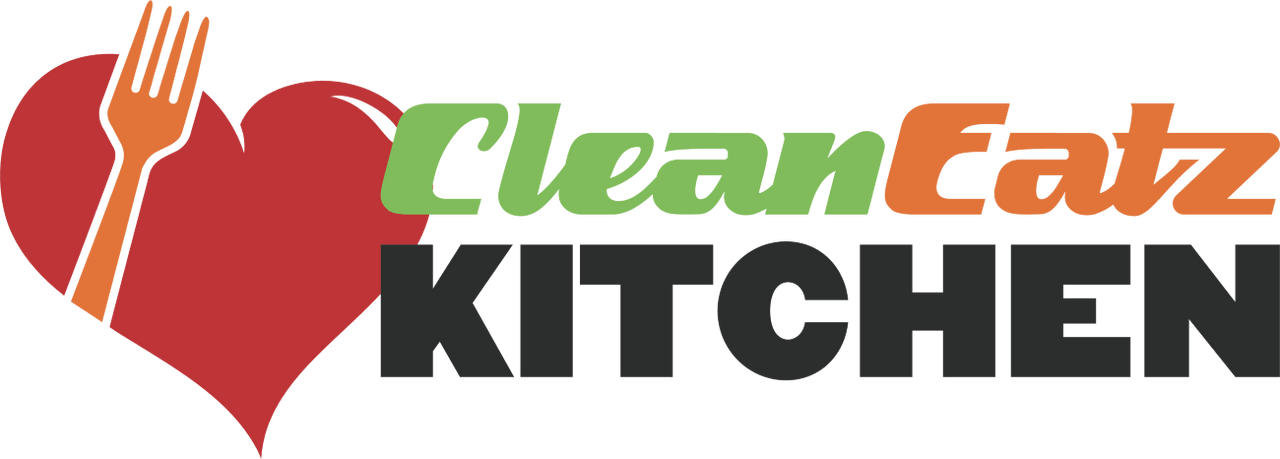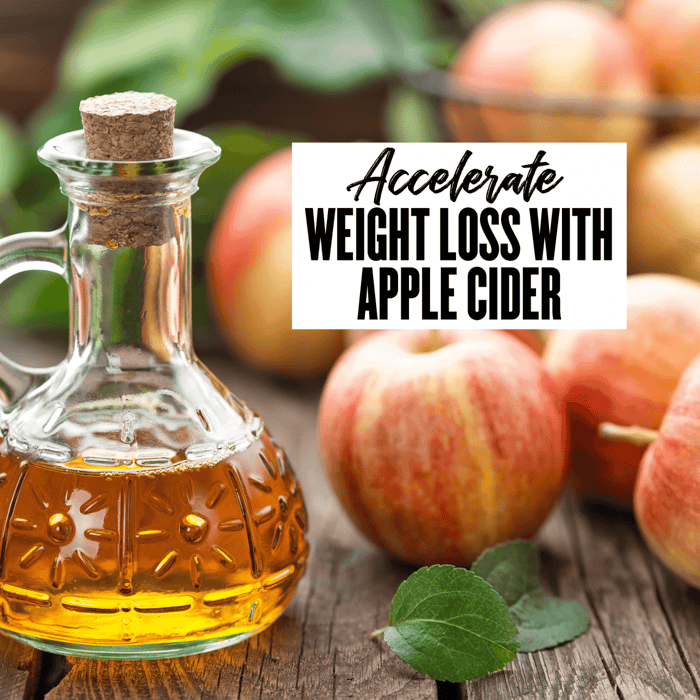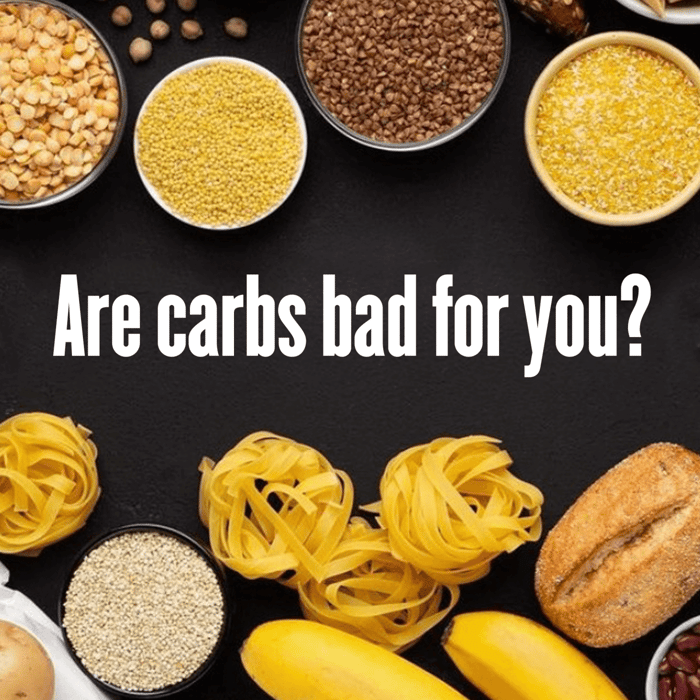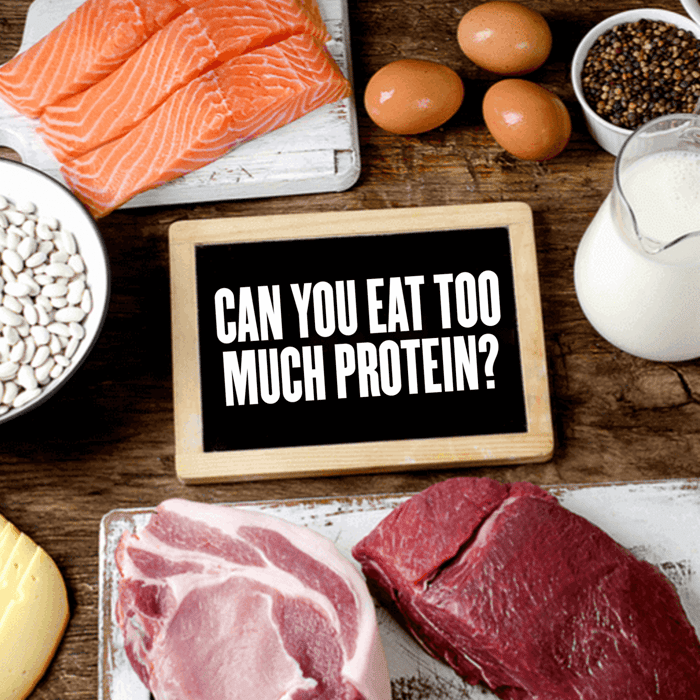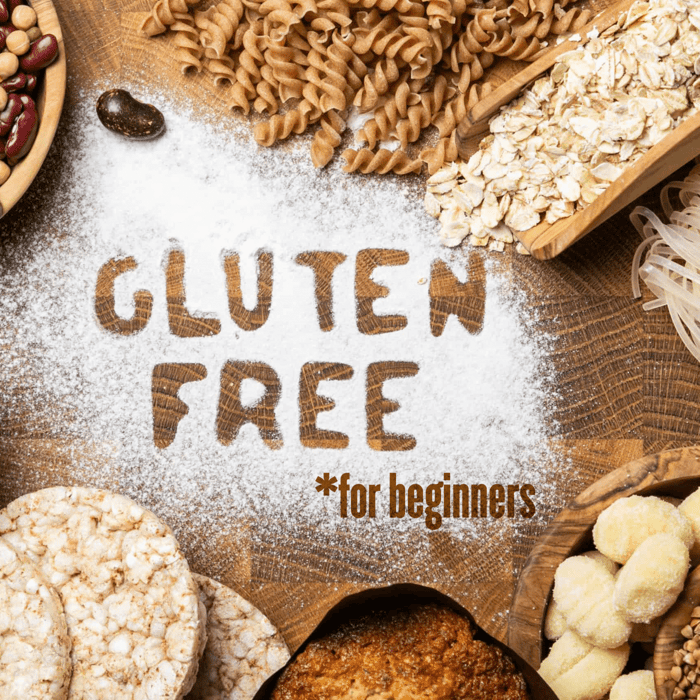
Gluten-Free Diet Plan for Beginners: Embrace a Better You
Jason Nista
Nutrition
|
Healthy Lifestyle
12 minute read
Let’s be honest, going gluten-free is no joke. If you have been told by a health professional that you need to go on a gluten-free diet, no doubt you weren’t too happy about that. Whether it is due to food sensitivity or you found out you have celiac disease, giving up gluten is not easy. To help you on this new journey, we’re going to share with you the best gluten-free diet plan for beginners.
This will be a thorough guide to help you learn all about gluten, what it does to your body, some benefits you can look forward to by making these positive diet changes, and more importantly, how to be successful at it.
What Gluten Really Is
At its core, gluten is a term that encompasses the proteins present in grains like wheat, rye, and barley. When these grains are cooked or processed, these proteins interlink to form vast gluten-protein complexes. This unique structure and the viscoelastic property of these proteins make them invaluable to the breadmaking industry. It grants the dough its elasticity and moldable nature, essentially serving as a binding "glue". This binding property is why gluten has cemented its place in many households and is infused in various products ranging from modified food starch and soy sauce to medications and supplements.
However, understanding the effects of gluten on the body requires a deeper dive into its structure. Gluten isn't just a singular entity; it comprises various proteins like prolamins, carbohydrates, and lipids. Specifically, in wheat gluten, we find proteins named glutenins and gliadins. These proteins are particularly notable for the way they interact with our intestines and our immune system, offering insights into how gluten affects the body.
Other grains also have proteins that can have similar impacts, like the prolamins found in barley, rye, and corn, and avenin in oats, a type of prolamin. These prolamins can influence conditions such as celiac disease, as seen in oat intolerance. However, among these, gliadin in wheat stands out as the primary culprit affecting a majority of those with celiac disease or various sensitivities to gluten.
Why Give Up Gluten?
Certain individuals are at risk when they ingest gluten. The highest on the list of people who should avoid gluten are those who have celiac disease. For these individuals, even eating something that touched wheat can cause bad symptoms.
There are others who should do their best to stay away from gluten as well. They include those who have IBS, non-celiac gluten sensitivity, wheat allergy, gluten ataxia, or gluten intolerance.
Some symptoms and consequences of celiac disease:
- Bloating
- Chronic diarrhea
- Constipation
- Gas
- Lactose intolerance due to damage to the small intestine
- Nutritional deficiencies due to malabsorption (e.g. low iron levels)
- Loose, greasy, bulky, and bad-smelling stools
- Nausea or vomiting
- Aching joints
- Pain in the abdomen
- Depression, anxiety, irritability, and other behavioral changes
- Headaches
- Chronic fatigue and low energy
- Asthma and allergies
Even if you haven’t been diagnosed with one of these symptoms, if you feel bloated, tired, or nauseous after eating a wheat product, you can definitely benefit from at least giving this diet a try.
A gluten-free diet could also be helpful for those who suffer from autoimmune diseases. Some studies show that a diet like this, along with convenient options such as gluten free meal delivery services, can help to curtail some of the negative effects of those who see autoimmune responses. These services make it easier for individuals to adhere to their gluten-free diet plan for beginners, ensuring they receive the necessary nutrition while avoiding gluten-triggered reactions.
In other words, if you are into making your body and brain feel better, you should try giving up gluten and see if it works for you.
Trying an Elimination Diet
The topic of "how does gluten affect the body" is one that intrigues many, enveloped in layers of complex scientific findings. While the intricacies of these studies can sometimes appear abstract and challenging to grasp, their application in our daily lives cannot be overlooked. It becomes essential to recognize the effects of gluten on the body, ascertain if we may be experiencing related symptoms, and decipher the appropriate steps forward.
So, how can one truly understand these effects without getting lost in the labyrinth of scientific jargon? The most reliable approach to discern how gluten or any other substance affects your body is through an elimination diet accompanied by diligent journaling. This approach, in essence, is akin to conducting a personal experiment to observe firsthand the effects of gluten on the body.
In practical terms, for a few weeks, one might choose to eliminate foods suspected of causing adverse reactions or focus on those most frequently linked to intolerances.
- Gluten
- Dairy
- Eggs
- Sweeteners (example: sugar)
- Soy
- FODMAPs
An effective elimination diet will have three phases:
As many seek to understand how gluten affects the body, an elimination diet often emerges as a powerful tool. This systematic approach helps individuals gauge the effects of gluten on the body, and other potential triggers, by observing changes in symptoms. Here's a simple three-step method:
PREPARATION (Approximately 7 Days)
During this initial phase, maintain your regular diet but begin journaling any symptoms you experience. Try to establish a connection between the foods you consume on a particular day and the symptoms you observe. This documentation will be crucial as you progress through the next stages.
ELIMINATION (2-3 Weeks)
In this phase, eliminate foods you've identified as potential culprits from your journal. If you're uncertain about which foods to exclude, consider starting with common suspects, especially those associated with the effects of gluten on the body.
REINTRODUCTION (Several Weeks)
This extended phase involves reintroducing the previously eliminated foods one at a time, taking 1 to 2 weeks per item. Continue to journal and closely observe any symptoms. The goal is to pinpoint specific foods, perhaps revealing how gluten affects the body for you personally.
After completing these steps, you should have a clearer understanding of whether foods containing gluten are causing your symptoms. However, remember that this method provides anecdotal evidence. This explanation is merely for informational purposes and should not replace professional medical advice. Always consult a trained medical or nutrition professional when considering an elimination diet. They can provide guidance tailored to your health conditions or medications.
The Benefits of a Gluten-Free Diet
So just how great can it be to go gluten-free?
Well, for anyone who fits into the groups that we highlighted above, taking gluten out of their diet completely can be a game-changer.
It may take a couple of weeks to see the full results of their lifestyle change but pretty soon, they can definitely notice some positive effects and realize how bad the effects of gluten were for the body.
These include: Having more energy, a healthier gut, significantly less bloating, gas, and cramping, fewer headaches, less joint pain and a much better mental state.
The sad part is that many of these people were living life with these symptoms daily and all they had to do to improve their situation was to cut out gluten.
Easy-to-Follow Gluten-Free Diet Plan For Beginners
With so many benefits of going gluten-free, deciding to start the diet is the easy part. The hard part is getting started and staying on track. All it takes is a little knowledge, some planning, and a good dose of determination. We’ll help you with the first two, but you have to bring the last one yourself. The first thing to learn when embarking on this gluten-free diet plan for beginners is what foods actually contain gluten.
Gluten is a part of the proteins inside grain kernels. Gluten is what gives dough its elasticity. Gluten is what gives bread its chewiness. And gluten is in a lot of food products, so it is essential to get to know these products.
Here is a short list of products that contain gluten:
- Wheat
- Rye
- Barley
- Spelt
- Triticale
I’m sure you are looking at this list and freaking out because some of the most popular foods in the Western diet contain these ingredients. Bear with us, though. We’ll have some alternatives to replace these popular foods later on in this guide.
Let’s discuss some more products to steer clear of first:
- Bread
- Crackers
- Cookies, cakes, and other pastries
- Biscuits
- Cereal
- Pasta
- Pancakes, waffles, and muffins
- Soy sauce
- Malt vinegar
- Beer
- Malt beverages
Even though the list above may seem like a long list, the list of foods that you can eat is actually a lot longer.
As we explained, there are ways to still enjoy the foods you love that are regularly made with gluten ingredients by swapping the wheat with a non-gluten grain.
These include:
- Buckwheat
- Cassava flour
- Soy flour
- Rice flour
- Amaranth
- Cornmeal
- Arrowroot
- Flax
- Millet
- Quinoa
- Oats
And the list goes on. You can get quite creative trying to find a new way to make one of your gluten comfort foods in a non-gluten way. Of course, you can also eat all the other non-grain foods like meats, seafood, eggs, fruits and vegetables, nuts, and most dairy products.
What Foods Have Gluten that You May Not Realize?
Adopting a gluten-free diet means steering clear of wheat, barley, and rye, but foods with gluten can unexpectedly appear in many everyday items. Here are some of the sneaky culprits to watch out for:
- A lot of soy sauces, marinades, and teriyaki sauces have wheat. Always inspect the label and opt for tamari or gluten-free soy sauce alternatives.
- Some ready-to-use spice mixes, particularly those with flour or starch as anti-caking agents, contain gluten. Opt for whole spices and create your blends to know exactly what foods have gluten.
- Foods with gluten often include breaded or coated items like chicken strips, onion rings, or fish sticks. These are typically dredged in flour or breadcrumbs before frying.
- Several canned soups, especially cream-based ones, utilize wheat flour for thickening. Always scrutinize nutrition labels for any mention of wheat, barley, or rye.
- Some medications or vitamins/supplements can have wheat starch as a binder. Discuss with your pharmacist the ingredients in any products you consume regularly.
- Play-Doh and certain children's craft materials contain wheat. Exercise caution if letting young children play with these, especially if avoiding gluten exposure.
- Numerous licorice types or candies, especially imports, can have wheat flour or barley malt. Always verify with the manufacturer when unsure about what foods have gluten.
By using these guidelines to identify foods with gluten in everyday items, you'll better maintain a gluten-free lifestyle and sidestep the adverse effects of unintended gluten consumption. Being proactive about checking nutrition labels and inquiring when dining out is crucial.
Tips and Tricks to Follow
So, before you get overwhelmed trying to think of how to successfully stay on this gluten-free diet for beginners, take a deep breath and follow these tips for success:
Stay Away From Boxes and Bags: Most foods that come in a box or bag contain some form of gluten. To stay on the safe side, it’s best to try to stick with foods that are fresh and natural. Shop in the exterior of the grocery store. This is where the produce, meats, dairy, and natural foods are located. Of course, some grocery stores have a bakery. Don’t step foot in that area!
The Fewer Ingredients, The Better: Products with a long list of ingredients on the packaging more often contain some additive or preservatives that could contain gluten. The more simple the foods, the safer of a bet they will be.
Learn About Food Swaps: After removing gluten from your diet, you may begin to miss some of your old favorite meals. There are so many ways to still enjoy those foods with just a little tweak in ingredients. Check out these gluten-free food swaps.
Have Some GF Snacks On Hand: When hunger strikes but you have no kitchen on hand it can be difficult to find a quick bite that doesn’t contain gluten. Having some GF snacks ready can help you to stay on track.
There’s An App For That: The gluten-free community has created some apps to help them stay gluten-free. Use them! They can really make this process much easier.
Final Thoughts
For those with celiac disease or gluten sensitivity, implementing a gluten-free diet may present difficulties, but the benefits—such as improved energy, digestion, and wellbeing—are substantial. Learning about gluten-containing foods, experimenting with delectable alternatives, and adhering to practical advice can help you successfully transition to a gluten-free diet and lead a healthier, more satisfying life.
FAQ
Can older people start a gluten-free diet?
Seniors usually benefit from having a gluten-free diet as it prevents several medical complications. Studies conducted in brief periods have demonstrated that a gluten-free diet can lower cholesterol, improve digestive health, and boost energy.
Is it safe to have a gluten-free diet if you're underweight?
It's better to avoid diets that restrict different types of food when you're underweight. Gluten-free diets and other strict eating plans may inadvertently restrict important nutrients and calories needed for weight maintenance or gain.
Can children go on this diet as well?
If the child has celiac disease starting this diet is a must. To avoid further issues and to promote the child's healthy growth and development, gluten must be completely cut out of the child's diet. The decision to place children on a gluten-free diet should be made based on medical necessity or professional advice.
Why is it so hard to cut gluten out of my diet?
Gluten is known to be very addictive. As a highly addictive protein found in wheat, barley, rye, and their derivatives, gluten can cause powerful cravings and an uncontrollable urge to consume a variety of meals, especially those high in refined carbs.
Related Articles
Accelerate Weight Loss with Apple Cider Vinegar
7 minute read
Are Carbs Bad For Me? Navigating the Good vs Bad
14 minute read
Protein Consumption: Finding the Right Balance
12 minute read
